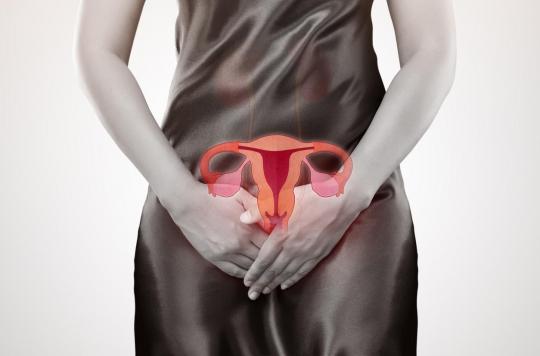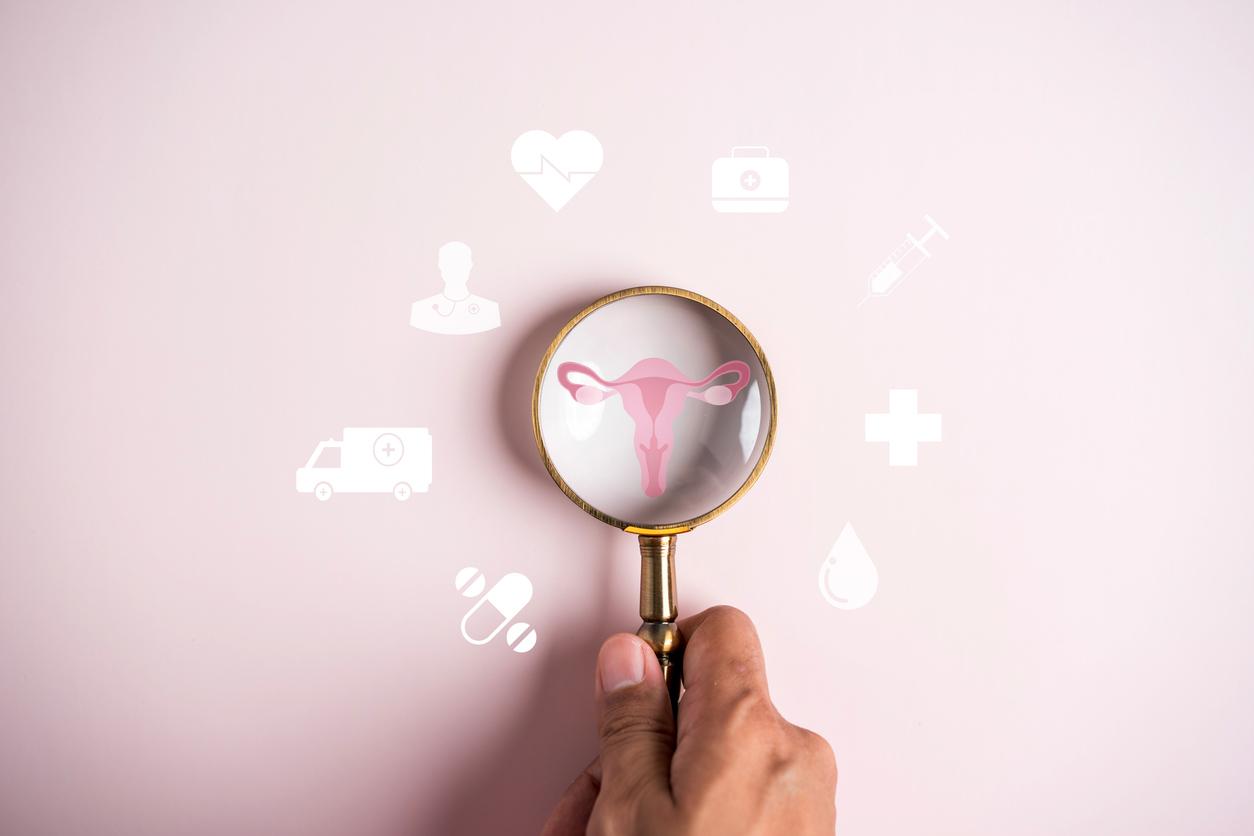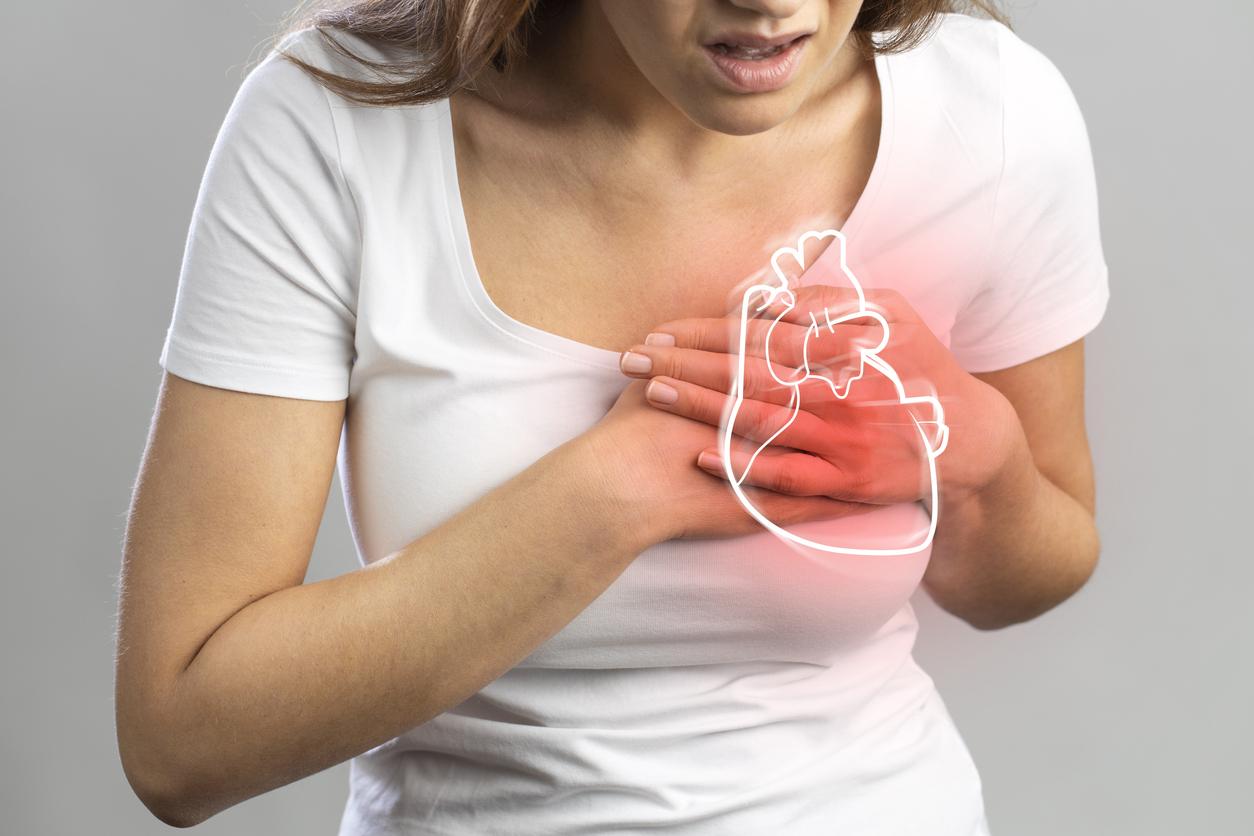Between 20 to 30% of white women and 50% of black women carry one or more uterine fibroids. However, this non-cancerous tumor is still underdiagnosed, causing patients to suffer unnecessarily.

- Uterine fibroids are the most common non-cancerous tumor in women of childbearing age.
- Uterine fibroids have significant repercussions on the intimate, social and professional life of women.
Often minimized, misunderstood and underdiagnosed, uterine fibroids are a complex disease for several reasons: the clinical forms or the evolution of the tumor are variable, and both the disease and the treatments interfere with fertility. “Treating it therefore requires taking the time to reflect and share the treatment decision with the doctor”, explain in a joint press release the ARS of Île-de-France and the AP-HP, which are launching a new shared decision support tool.
At the origin of serious symptoms
Uterine fibroid, also called myoma, leiomyoma, uterine myoma or fibromyoma is the most common non-cancerous tumor in women of childbearing age. In some cases, uterine fibroids can cause serious symptoms (pain in the lower abdomen, in the legs and during sexual intercourse, abnormally heavy periods, urge to urinate all the time, constipation, hemorrhoids, anemia) , which have significant repercussions on the private, social and professional lives of women.
According to a 2004 study by the National Medicines Safety Agency (ANSM), 20 to 30% of white women and 50% of black women are carriers of one or more uterine fibroids. At the age of 50, 70 to 80% of women are confronted with this gynecological disease. In addition, a study carried out in 2008 by the High Authority for Health (HAS) estimates between 10 and 51% the recurrence rate of uterine fibroids after treatment.
Three types of treatments
There are three types of treatment that can be offered to women who suffer from uterine fibroids: medication, minimally invasive intervention or surgery. “The particularity of young women prone to recurrences and potentially confronted with repeated surgeries raises the question of the preservation of the uterus and the fertility of young women who suffer from uterine fibroids”. add ARS from Ile-de-France and the AP-HP. Uterine fibroids thus represent the main cause of hysterectomy in France, with more than 75,000 uterine removals performed each year throughout the territory.
.















